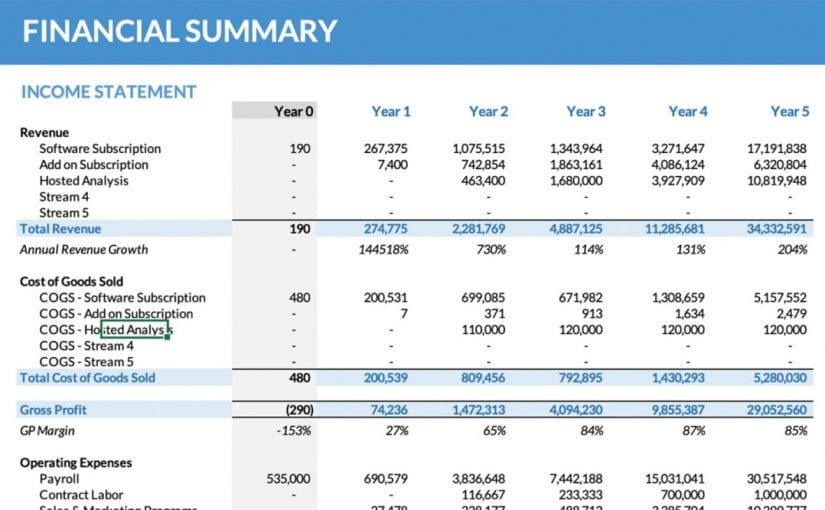There are many companies that use financial models to make smart decisions. As a result of its overall advantages, Financial Modeling in Excel is becoming more popular. Financial modelling is very helpful for companies and they must use it. So, let’s go through the top advantages of financial modeling in this post.
Enhanced and in-depth knowledge of a company’s operations
After gaining a thorough understanding of a company, a financial model may be constructed. The analysts have a thorough understanding of how a firm works and the many aspects that might affect it. As a result, companies need to know what changes they may anticipate to see in their internal and external environments when there are changes. A company’s ability to understand its business and the elements that impact it better than its rivals allows it to be more prepared in the event of an emergency.
Periodic Assessment of Results
The variance analysis is essential to determining how a firm is doing. By comparing the business’s actual performance to its bgeted results, financial models aid in the variance analysis. Periodic evaluations of employee performance are a good way to get insight into how well the company is doing. Using sophisticated financial models, organizations may make operational modifications based on variance analysis to boost overall earnings.
Decide how much money you’ll need and how you’ll spend it.
With the use of financial models, it is possible to determine exactly how much money will be coming in and going out. It is possible for a firm to determine how much money it will need in order to conduct its operations. A decision must then be made on which kind of financing will be used: debt or equity? This is where financial models come in handy since they show how much money will be left over after interest and loan repayments have been made.
Valuation of a company
Financial models may help companies determine their value. The fair value of a company may be calculated with the use of a financial model, which predicts when a company will generate free cash flow. When a company undergoes a reorganization, such as when selling a share to outside parties or investors, this tool becomes invaluable.
Minimizing the risk
Using a financial model to do due diligence may help firms reduce their total risk, since it suggests the financial effect of a certain action. Suppose a company wants to enter a new market. A financial model may help the company figure out how much it would cost to do so and what impact marketing efforts and pricing adjustments will have.
Much more accurate budgets and forecasts for the company’s finances
Because financial models are based on company data, they are more likely to be accurate in their financial projections and budgets Businesses may utilize these budgets and predictions to keep their operations well-ordered and within the parameters they’ve set. Businesses might suffer if they don’t stick to a set budget or plan.
Conclusion
A financial model facilitates the process of considering the many factors of a firm that might have a good influence on it. Once you begin constructing and learning about financial modeling Course in excel with the help of Skillfin learning, you will be able to have a better understanding of the cash flow position in your organization.






